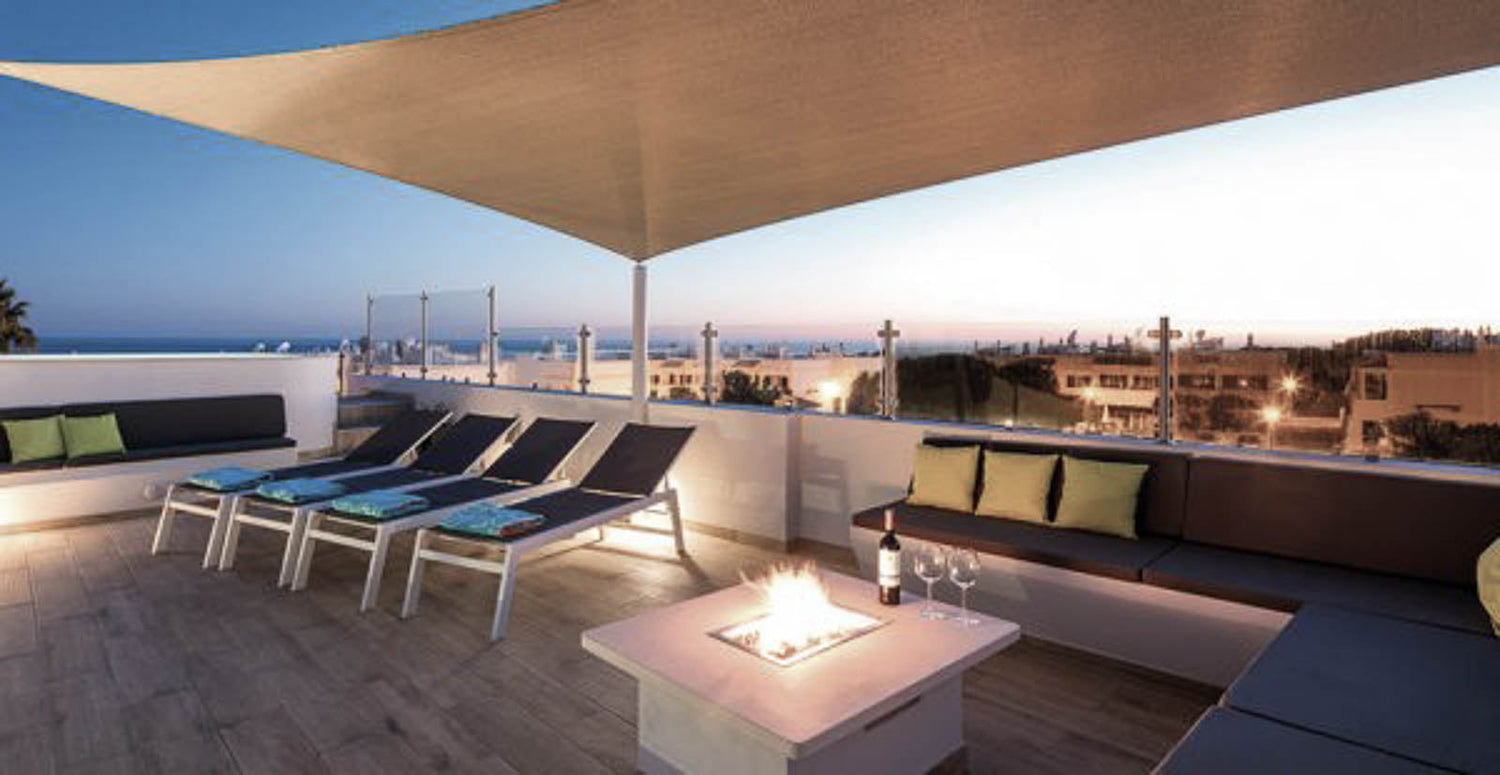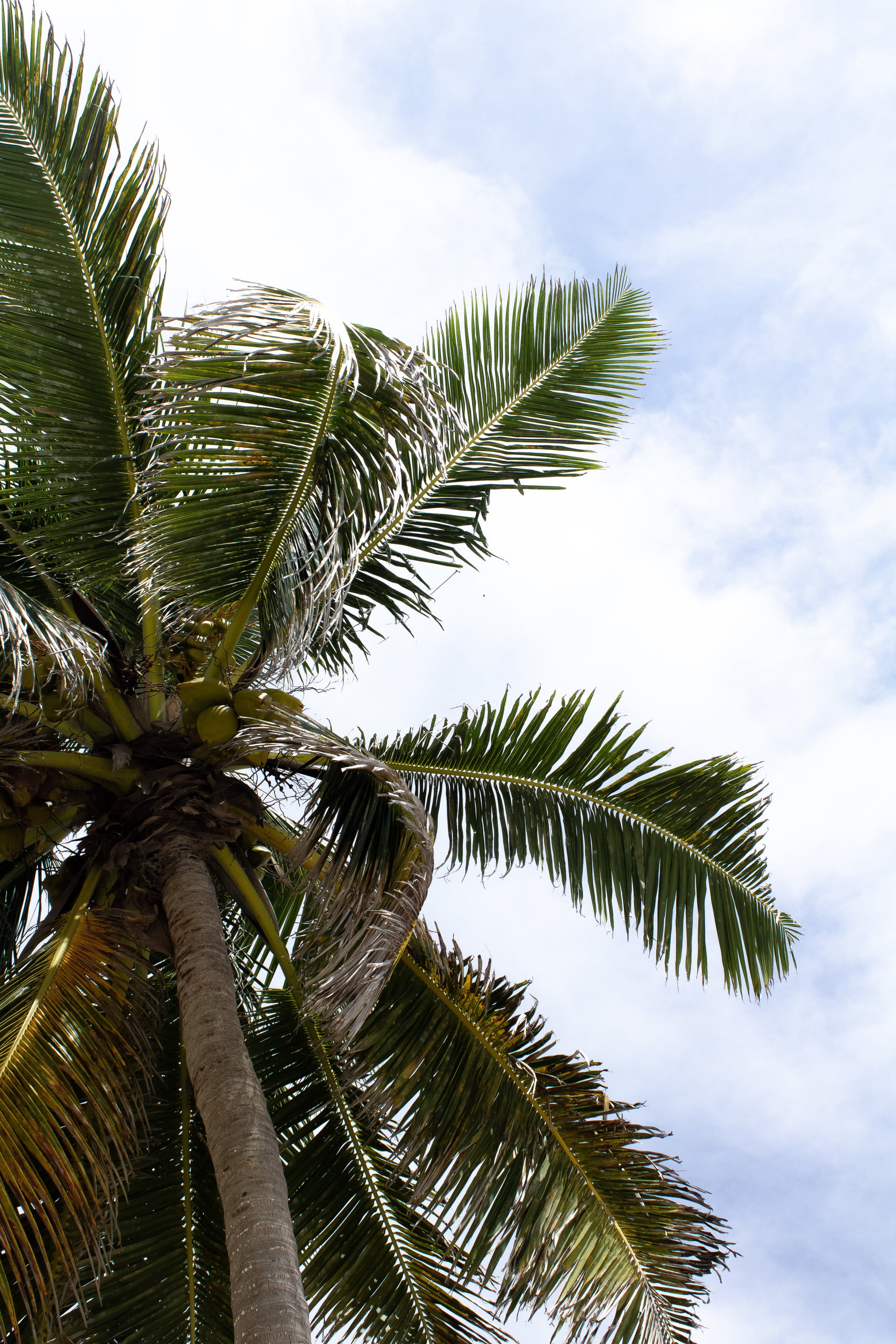Our YouTube channel includes detailed installation guides, frequently asked questions, product overviews and lots more. We are always open to content ideas so please let us know if there is a topic you would like us to cover.
Enhancing Outdoor Spaces with Tensile Structures

In an era where flexibility and creativity are thriving in professional settings, the concept of outdoor workspaces has gained significant traction. Utilizing outdoor spaces for work purposes benefits both mental health and productivity. Among the innovative solutions, tensile structures stand out for their aesthetic appeal, functional advantage, and environmental friendliness. This article explores how tensile structures can enhance outdoor workspaces, offering a blend of shelter, design, and sustainability.
The Advantages of Tensile Structures in Outdoor Workspaces
Tensile structures offer a range of benefits tailored to creating efficient and comfortable outdoor workspaces:
Flexible Design
- Customization: Tensile structures can be designed to fit various sizes and shapes, accommodating different outdoor workspace needs. This flexibility allows for creative design solutions that can adapt to the specific requirements of any given space.
- Scalability: Whether you have a small patio or a large courtyard, tensile structures are scalable. They can cover intimate zones or expansive areas without losing their structural integrity or aesthetic value.

Weather Protection
- UV Protection: Tensile fabrics are often UV-resistant, shielding occupants from harmful rays while still allowing natural light to filter through. This feature ensures a comfortable working environment even during peak sunlight hours.
- Waterproofing: Modern tensile materials can be designed to be waterproof, protecting outdoor workspaces from rain. This capability ensures that the outdoor work environment remains functional irrespective of weather conditions.
Eco-friendliness
- Sustainable Materials: Many tensile structures are made from recyclable materials, contributing to more sustainable construction practices. This choice not only minimizes environmental impact but also aligns with green building standards.
- Energy Efficiency: By reducing the need for artificial lighting and climate control, tensile structures help conserve energy. Utilizing natural light and air flow enhances both environmental and economic efficiency.
Frequently Asked Questions about Tensile Structures in Outdoor Workspaces
What materials are commonly used in tensile structures?
Tensile structures typically employ high-strength materials such as PVC-coated polyester, PTFE-coated fiberglass, and ETFE. These materials ensure durability, flexibility, and aesthetic appeal.
How durable are tensile structures?
With proper maintenance, tensile structures can last anywhere from 15 to 30 years. The materials used are resistant to environmental factors like UV radiation, moisture, and temperature extremes, ensuring long-term durability.
Are tensile structures suitable for all climates?
Tensile structures are versatile and can be designed to withstand various climatic conditions. While they excel in temperate and tropical climates due to their UV protection and waterproof properties, they can also be adapted to handle snow loads and wind resistance in harsher climates.
Can tensile structures be easily installed and removed?
Yes, one of the advantages of tensile structures is their relatively straightforward installation and removal process. This makes them an excellent choice for temporary setups, events, or seasonal adjustments.
FAQ: Enhancing Outdoor Workspaces with Tensile Structures
What are the benefits of enhancing outdoor workspaces with tensile structures?
Answer: Tensile structures offer numerous benefits for enhancing outdoor workspaces, including:
- Aesthetic Appeal: Tensile structures provide modern, sleek, and visually appealing designs that can significantly enhance the look and feel of an outdoor workspace.
- Weather Protection: They offer excellent protection against various weather conditions such as rain, sun, and wind, making outdoor workspaces usable in a wider variety of climates.
- Durability: Made from high-strength materials, tensile structures are engineered to withstand harsh environmental conditions, ensuring longevity and durability.
- Flexibility in Design: Their adaptable nature allows for versatile and creative architectural designs, accommodating unique space requirements and aesthetic preferences.
- Eco-Friendly: Many tensile structures use sustainable materials and can be designed to reduce energy consumption, such as incorporating natural light modulation.
- Cost-Effective: Compared to traditional building methods, tensile structures can be more affordable, both in terms of upfront and long-term maintenance costs.
How can tensile structures improve the functionality of outdoor workspaces?
Answer: Tensile structures can substantially improve the functionality of outdoor workspaces in the following ways:
- Extended Usability: By providing shelter from the elements, tensile structures extend the usability of outdoor spaces throughout the year, regardless of weather conditions.
- Enhanced Comfort: They help control the temperature by offering shade from the sun and ventilation, creating a more comfortable environment for workers.
- Clear Span Spaces: Tensile structures allow for large, unobstructed spaces because of their inherent design, making them ideal for various activities without the interference of columns or supports.
- Versatile Configurations: They can be customized to fit specific functional needs, whether it’s for seating areas, walking paths, or collaborative work zones.
- Improved Acoustics: Properly designed structures can also enhance the acoustics of outdoor areas, reducing noise pollution, and creating a more conducive work environment.
- Identity and Branding: Unique designs can reinforce a company’s brand identity and create a distinctive, memorable environment for employees and visitors.

What factors should be considered when choosing a tensile structure for outdoor workspaces?
Answer: When selecting a tensile structure, several factors need to be considered to ensure it meets the needs of the workspace:
- Purpose and Usage: Understand the primary function of the outdoor space and how the structure will be used. This could include seating arrangements, walkways, or recreational areas.
- Location and Climate: Assess the local climate, including wind loads, snow loads, and UV exposure, to select materials and designs that can withstand these conditions.
- Material Selection: The choice of materials (e.g., PVC, PTFE, ETFE) will affect durability, maintenance, and appearance. Consider materials that offer the right balance of strength, flexibility, and light transmission.
- Design and Aesthetics: Ensure the structure complements the existing architecture and enhances the visual appeal of the workplace. Custom designs can make the space more inviting and cohesive.
- Budget and Costs: Evaluate both the initial costs and long-term maintenance expenses. High-quality materials and innovative designs can be cost-effective in the long run.
- Installation and Maintenance: Consider ease of installation and the required maintenance. Structures that are easy to install and maintain will minimize operational disruptions and costs.
- Compliance and Regulations: Make sure the design complies with local building codes, safety standards, and other regulatory requirements to avoid legal issues.
What are some examples of outdoor workspaces that successfully use tensile structures?
Answer: There are many examples of outdoor workspaces that have successfully implemented tensile structures. Here are a few standout cases:
- Corporate Courtyards: Many corporate campuses now feature tensile structures in their courtyards, providing shaded seating areas for employees to relax, work, or have lunch breaks.
- University Campuses: Colleges and universities use tensile structures in outdoor study areas, creating comfortable and visually appealing spaces for students and faculty to gather.
- Healthcare Facilities: Many hospitals and clinics have implemented tensile structures in their outdoor areas to provide comfortable waiting or resting areas for patients and visitors.
- Public Plazas: Tensile structures are often found in public plazas where they provide shade and shelter for events, markets, and social gatherings.
- Technology Parks: Innovative tech companies use tensile structures to create inspiring outdoor meeting spaces and recreational areas for their employees.
-
Airports and Retail and Hospitality Settings: Many airports, shopping malls and hotel complexes use tensile canopies to enhance the outdoor experience for their customers, offering shade and weather protection.
By thoughtfully incorporating tensile structures into outdoor workspaces, designers and planners can create functional, comfortable, and aesthetically pleasing environments that cater to a diverse range of needs and preferences.
Feel free to reach out to one of our Shade Architects for a shade consultation or if you have additional questions.
Conclusion
Tensile structures offer a multitude of benefits, making them an ideal choice for enhancing outdoor workspaces. Their flexible design, weather protection, and environmental benefits contribute significantly to creating a productive and comfortable outdoor working environment.
Employers and designers looking to revitalize their outdoor spaces should consider the compelling advantages of tensile structures to cater to the contemporary workforce's needs. By embracing these innovative solutions, outdoor workspaces can be transformed into dynamic, sustainable, and highly functional environments.



